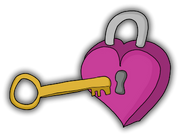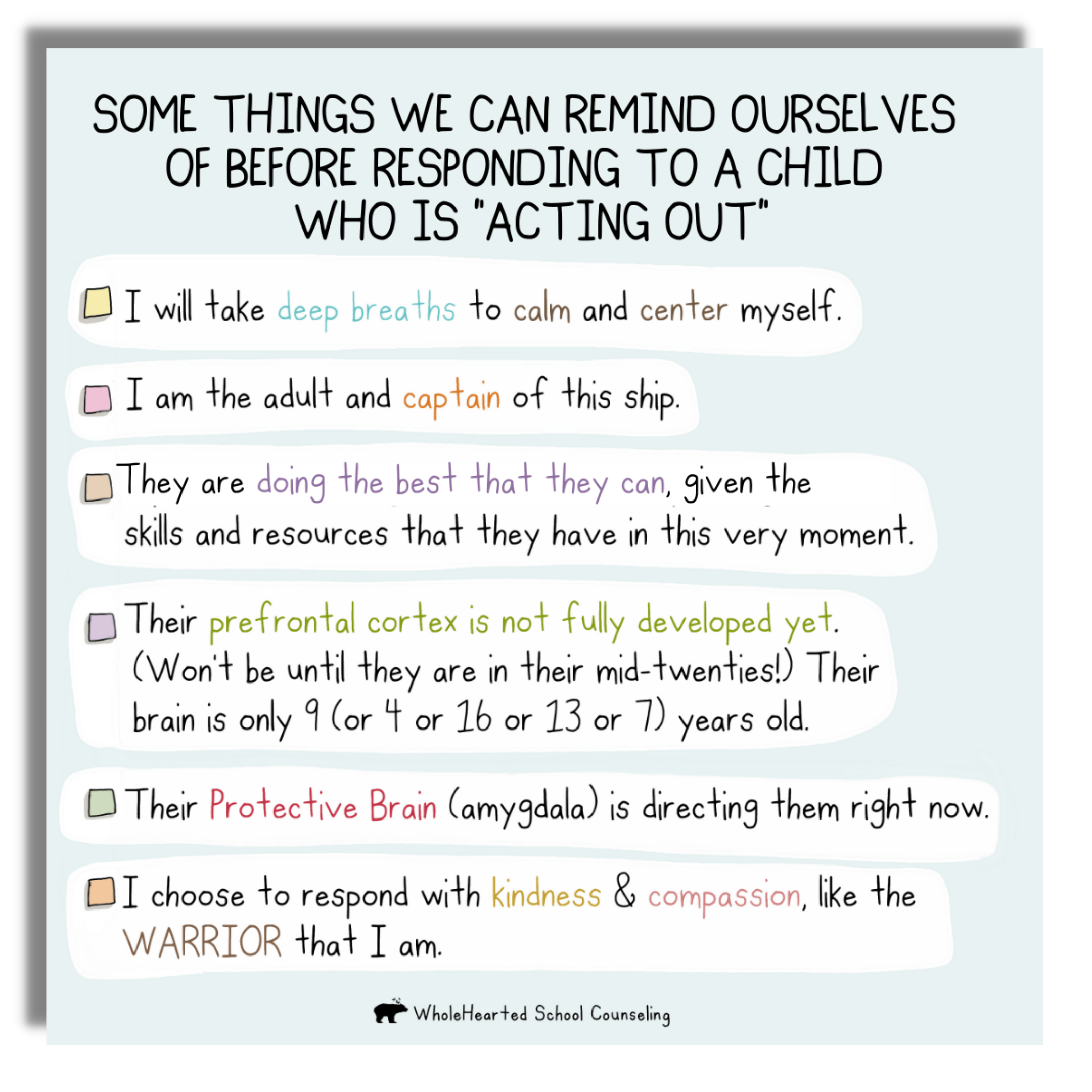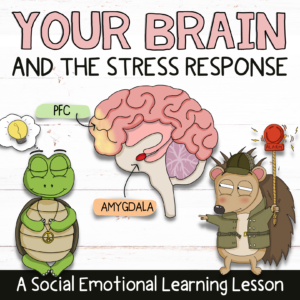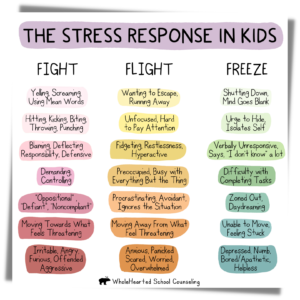SAVE BIG when you build your own bundle! Add any 8 individual products to your cart to receive 30% off!
Description
TIPS FOR YOUR TRAUMA INFORMED CLASSROOM
Download our free trauma sensitive classroom checklist. This infographic contains tips for what to do before you respond to a child who is “acting out.” The main takeaway message is this: we must regulate ourselves before trying to help a child who is dysregulated. We must get calm and grounded before we can help a child get calm and grounded themselves.
Following is the list of suggestions featured in this poster for trauma sensitive classrooms:
- Take deep breaths to calm and center yourself.
- You are the adult and captain of this ship.
- They are doing the best that they can, given the skills and resources that they have in this very moment.
- Their prefrontal cortex is not fully developed yet. (Won’t be until they are in their mid-twenties!) Their brain is only 9 (or 4 or 16 or 13 or 7) years old.
- Their Protective Brain (amygdala) is directing them right now.
- You get to choose to respond with kindness & compassion, like the WARRIOR that you are.
Other helpful trauma sensitive classroom tools includes creating a peaceful, inviting break space, such as a Calm Corner. Teaching kids about their protective and thoughtful brain in the context of the fight-flight-freeze stress response. Integrating mindful breathing and movement breaks throughout the day. In addition, to observing trauma sensitive classroom rules and guidelines.
Additional information
| Product Categories | Free |
|---|---|
| File Type | |
| Grade Level | K-1, 2-3, 4-5, 6-8, High School |
| Used By |
WHAT OTHERS ARE SAYING
I choose this poster set primarily to remind myself and other colleagues the importance of our responses to acting out behaviours. We often get caught up in the emotions and forget that the student is not acting out of will. There are no words in the amygdala brain, it’s fight, flight or freeze. We need to be the calming centre as the adults.
-Donna C.
June 22, 2021, TPT Review
Thank you so much for this amazing resource! My son is on the autism spectrum. This is an extremely helpful visual reminder for my husband and me. I love that it educates people (parents!) and guides them. Thanks again!
-Mary K.
April 29, 2021, TPT Review
AMAZING!! Thank you! I am going to give this to teachers in my building bc this year and next year we are striving to be more trauma sensitive!
-Felicia H.
April 29, 2021, TPT Review










